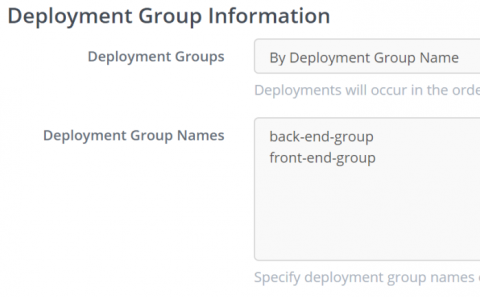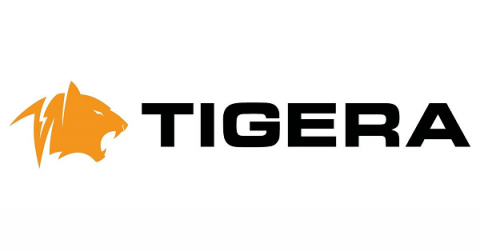Ruby Performance Monitoring
When developing new applications, it’s typical to run into a variety of competitors with similar goals. This is one reason why it is not enough to create an application without ways to monitor and manage it. In fact, usually market leaders emerge rather quickly. So who are these market leaders?











